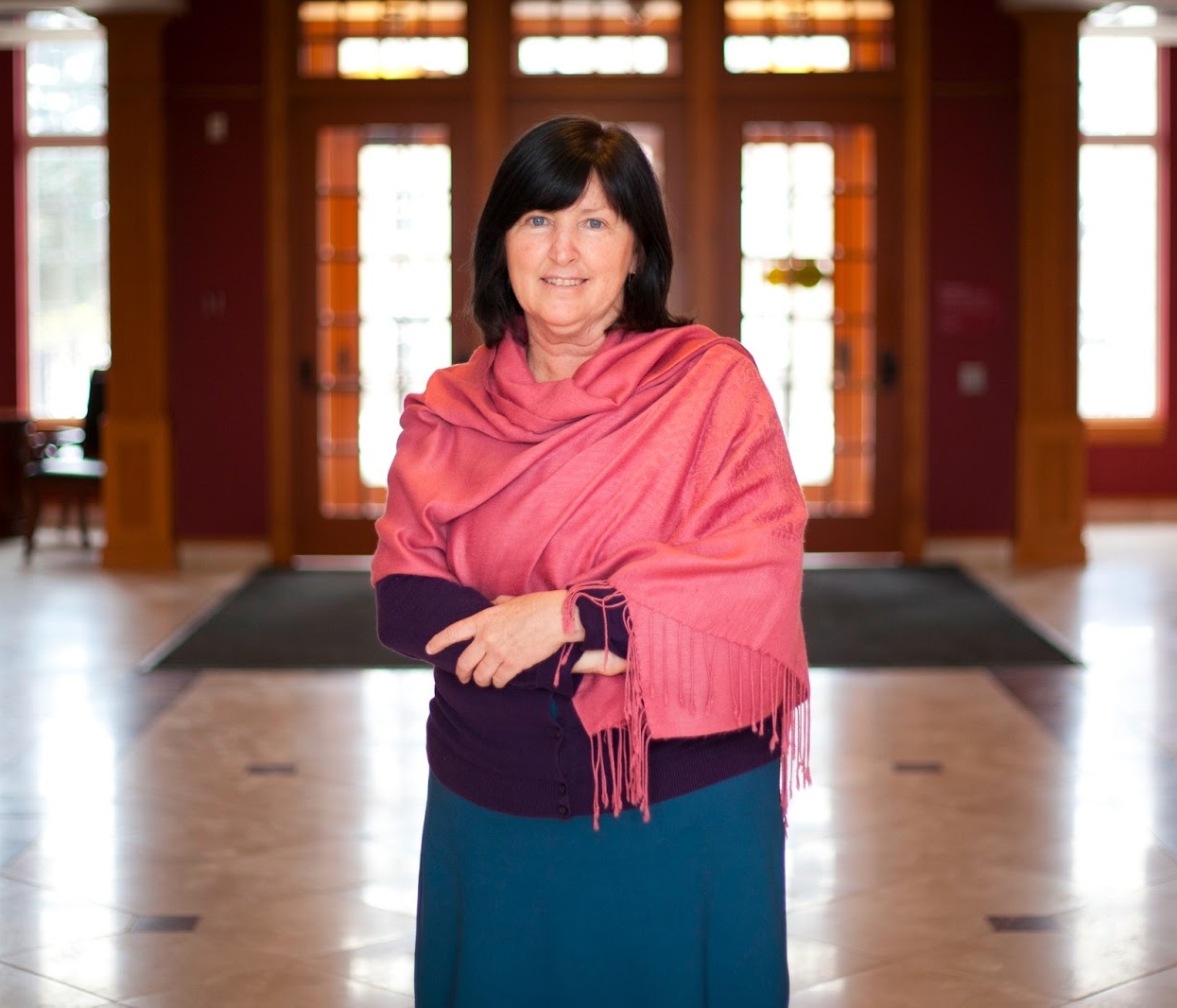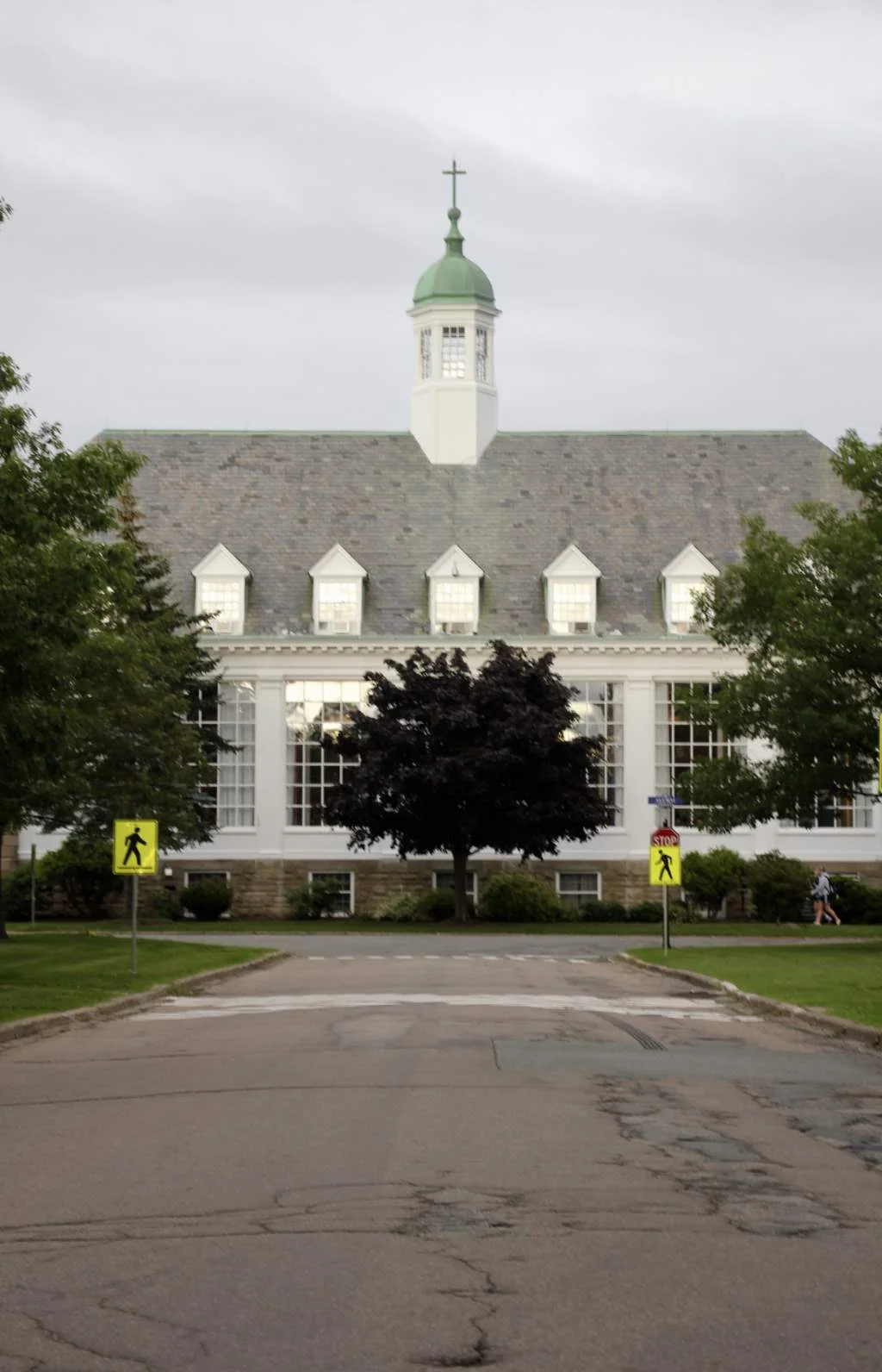Some key feminist reads for those interested in learning more
I have spent the past four years of my life talking and learning about feminism. As a student of the Women and Gender Studies department, the concepts of feminism and feminist theory were first introduced to me in my Women and Gender Studies 100 class, taught by Dr. Rachel Hurst. Since this time, my understanding and definition of what feminism means and what it strives to do have expanded and developed immensely. My understanding is that feminism is not solely about advocating for the rights of women and the equality of all genders, although that is a central aspect of it. To me, feminism is about deconstructing the binary of gender in allowing space for gender fluidity while recognizing the disproportionate suffering faced by female-identifying people. It is about understanding the complexities of identity and analyzing marginalized groups and the ways in which these groups exist within the world. It is about learning, organizing and mobilizing to deconstruct patriarchal, colonial and heteronormative narratives in hopes of allowing voices that are continuously silenced to be centralized.
I feel extraordinarily lucky to have engaged with the feminism of many, and through reading, watching, theorizing and discussing, have come out of a four-year degree with a stronger and more nuanced understanding of the phenomenon and a base to contextualize the world around me. Despite having this formal academic background, I still struggle to practice my feminism in a way that is both true to the topics I care about and digestible for those around me (which is not always possible). What I mean by this is that sometimes practicing feminism or labelling oneself as a feminist can be met by a series of eye-rolls, shrugs or backlash. My continually developing ability to navigate these instances can be in part credited to the many women whose literature and theory I have engaged with, that tells a personal story of their own feminism. For anyone interested in grounding their feminism or simply in learning more deeply about the topic and movement, I have comprised a list of some of my favorite feminist reads. These authors have inspired me immensely and I hope that these resources will allow you to understand the importance of feminism to all human beings and the different ways a feminist life can be approached.
Sarah Ahmed- Living a Feminist Life
‘Living a Feminist Life,’ was published in January 2017 and is the latest work of feminist scholar, Sarah Ahmed. Ahmed has seven previous novels discussing how feminist theory is generated from everyday life and writes personal accounts about her own experience being a feminist and learning about the world through a feminist lens. Ahmed introduced the notion of the ‘feminist killjoy’ in her previous work, which she defines as a figure who is willing to disrupt happiness by speaking out; Ahmed ends her novel by proposing a feminist killjoy survival kit and manifesto.
To me, Ahmed’s work speaks to the difficulty associated with pursuing feminism as it often entails speaking out and calling into question elements of people’s lived experiences that are too often trivialized. The idea of a feminist killjoy is something that is easy to relate to as much of the time practicing feminism requires one to reanalyze and criticize jokes, popular culture and language that we see day-to-day that may be working to further marginalize certain groups. All of Ahmed’s work is beneficial to those who are interested in leading more feminist life.
Kimberle Crenshaw
Kimberle Crenshaw is perhaps one of the most important feminist figures of the 20th and 21st centuries. Born in 1959, Crenshaw has spent her life advocating for American civil rights and studying critical race theory. In 1989, Crenshaw coined the term intersectionality which has since been incorporated as an essential element to modern feminist thought. Intersectionality has challenged feminists to understand how the intersecting identities that people hold intrinsically and uniquely affect their lived experience and we must take all marginalizing identities into account when working to combat issues. Crenshaw bases her theory in the experiences of black women who are both black and women, but who’s experiences as both identities often leave them out of the discussion of both black experience (which is often looked at through a masculine frame) and the experiences of women (which predominantly focuses on the experiences of white women). Crenshaw’s 2016 TedTalk entitled ‘The Urgency of Intersectionality,” and her articles ‘Mapping the Margins: Intersectionality, Identity Politics and Violence Against Women of Colour,’ and ‘Demarginalizing the Intersection of Race and Sex’ are all incredible resources for learning about authentic intersectional feminism.
Chandra Talpede Mohanty- Under Western Eyes
This critically acclaimed piece written by Professor Chandra Talpade Mohanty discusses and criticizes the homogenous perspectives and presumptions made by Western Feminists about women in non-western countries. She argues that Western feminists often work to subjugate non-western women as the collective “other” by continuously labelling them as poor, uneducated, tradition-bound and victimized. These narratives homogenize both groups and erase the complexities of individual and intricate experiences of women both in the west, and in countries around the world. These narratives disrupt women’s solidarity and continue to perpetuate damaging narratives about white, western-saviour complexes. Mohanty brilliantly criticizes the colonial discourse that is often used by western feminists and helps us to understand that we cannot simply assume the experiences of any women in either context, or hope to push our own feminisms on women in different cultures. Mohanty is a must-read for all who are interested in the nuances of feminism and it’s complex and often contrasting approaches. It is important to not ground your perspective of feminism solely in western contexts, this is what Mohanty offers us to consider.
Roxanne Gay- Bad Feminist
One of my most favourite feminist reads has got to be the New York Times Best-Selling essay collection ‘Bad Feminist’ written by the excellent and hilarious, Roxanne Gay. Gay is unique in her approach to discussing her feminism. She explores imperfection, describing herself and her feminism as a “mess of contradiction.” Gay describes that she is a flawed human being who’s feminism is in turn also flawed. She candidly admits to indulging in music, television and artists that are often seen as problematic to feminism. She grapples with the fact that she despises rape jokes, but can find herself enjoying music that is exploitative to women. She admits to finding herself singing along to ‘Blurred Lines’ while discussing the issues associated with supporting Chris Brown. She talks about her affinity for reality TV show, ‘The Bachelor,’ while also being able to name 5000 reasons why it is problematic. Gay does not strive to be perfect. She understands that as human beings we may at times indulge and enjoy things that are not 100% aligned with the values that we hold. Her essays are inconclusive and personal, they allow the reader to find themselves in her writing but do not propose solutions to these issues. ‘Bad Feminist’ is a great read because it humanizes activism and feminism and allows us to forgive our imperfections while striving to be better. On top of being a fantastic and humorous writer, Gay is also a fabulous person to follow on Twitter for her commentary (@rgay).
I have barely scraped the surface of the numerous thought-provoking, radical and tremendously impressive works that are out there. Of the dozens of feminist theorists, I have read in my classes these are just four of the many scholars who have stood out to me. Learning about feminism, of course, goes beyond literature and theory. There are also many artists on Instagram such as (some of my favourites) @fances_cannon,@ambivalentlyyours, and @pollynor, that express their understandings of feminism through cartoons and illustration. There are TV shows like comedy central’s Broad City, that work to normalize feminist rhetoric and play with feminist knowledge in a hilarious and welcoming way. I could sit here and type all day about people and resources I have come across that allow me to shape my ideas and understandings of feminism. Instead, I encourage all people to seek out some feminist knowledge and thought. The bottom line is that feminism is a movement that works to equalize all people and we should all be feminists if we believe in this equality. Happy Reading!








